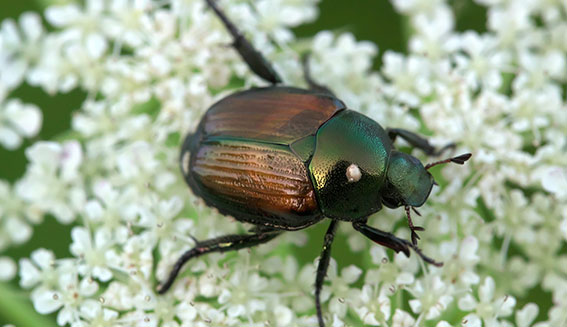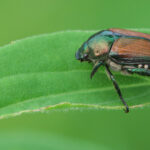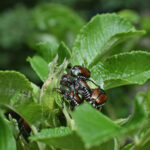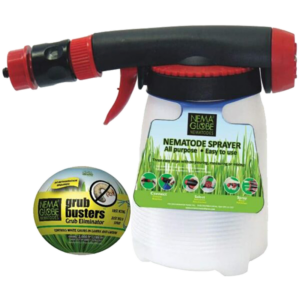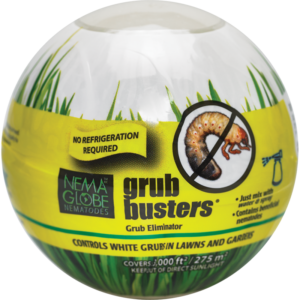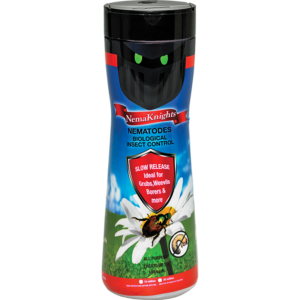Your cart is currently empty!
Damage
More than 300 species of fruits, garden, and field crops are known to be hosts to Japanese beetle. Adults feed on foliage, flowers, and fruits. Leaves are typically skeletonized or left with only a tough network of veins. Grubs primarily feed on the roots of plants and turf grasses, which can be extremely damaging to young trees and kill them over time. Symptoms are not always immediately visible, and damage may continue unnoticed until a clump of trees declines and dies suddenly. Young trees are susceptible, but older trees are also at risk.



